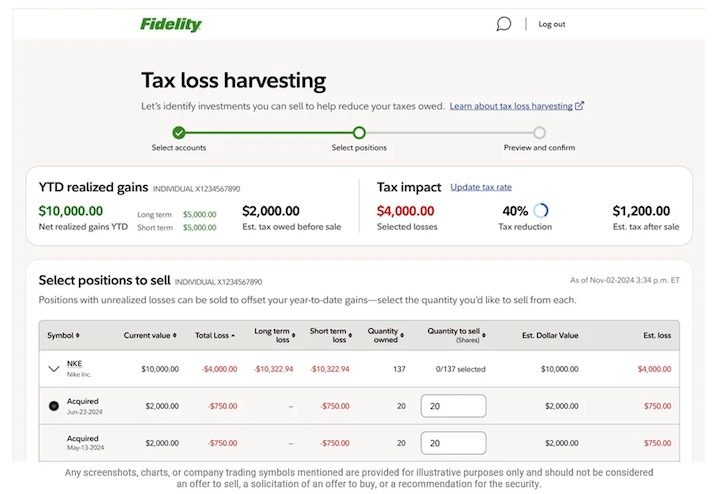George Gilder is one of the most accurate tech forecasters of the last half-century.
He once walked into Ronald Reagan’s Oval Office, dropped a tiny memory chip on the president’s desk, and said: “This will change the world.”
And it did.
The microchip helped usher in the computer revolution. The internet followed. And investors who got into these technologies early had the potential to make absolute fortunes.
But that wasn’t Gilder’s only accurate prediction. Far from it.
He also predicted the iPhone years before it launched.
He even saw the internet’s power before Bill Gates did (and he wasn’t shy about telling him.)
And Gilder is still at it today, writing about where the next wave of wealth will come from.
In a recent essay, he made the bold claim: “China will make more silicon, but Taiwan will still rule the market.”
I want to dig into this idea further because it gets to the heart of something I’ve been thinking about for a while now.
Does the real advantage in microchips come from volume or value?
The Future of Chips
We mention the semiconductor industry a lot in the Daily Disruptor.
And for good reason.
These chips are the most critical industry in the world today. You’ll find them in everything from the microwave in your kitchen to the satellites orbiting miles above your home.
Semiconductors are not only powering today’s economy, they’re the building blocks of tomorrow’s breakthroughs in AI, robotics and defense.
Think of them like the “new oil” of tech. Whoever controls the flow of chips controls the flow of innovation.
That’s why I’m so intrigued by Gilder’s recent article…
And this idea of this volume versus value.
Because right now, it looks like Beijing is winning the volume war.
Today, entire regions of China are sprouting new chip factories, called fabs.
Many of these fabs are focused on older “legacy” designs, the 65-nanometer chips used in cars, appliances and industrial machines.
But here’s the thing…
These chips might be useful, but they’re not special. As Gilder put it, China is “building the chip equivalent of steel and concrete, not jewelry.”
And it’s easy to see why China is pouring its resources into volume over value.
Export controls and sanctions have exposed just how dependent the country is on foreign suppliers.
If Washington cut them off tomorrow, entire Chinese industries could grind to a halt.
So Beijing’s strategy is to flood the zone. Build enough fabs and produce enough legacy chips, and they’ll be able to keep the economy running.
Meanwhile, Taiwan Semiconductor (NYSE: TSM) is taking the opposite route. It’s producing high-value 3-nanometer and soon 2-nanometer chips that can bring in $17,000 each.
These advanced chips aren’t just smaller, they’re also exponentially more powerful.
And they’re essential to every piece of advanced technology being developed today. Without these chips, there is no ChatGPT, or iPhone or self-driving cars.
So it comes down to this…
China might control quantity, but Taiwan controls quality.
And quality is where the profits are.
Gilder calls this the “two-regime” semiconductor economy.
But he might need to revise that statement soon. Because it isn’t just about Taiwan and China anymore.
You see, here in the U.S. we’re quietly experiencing a massive manufacturing boom unlike anything we’ve seen in decades.
Take the desert outside Phoenix. Just a few years ago it was nothing but cactus and tumbleweeds. But today it’s home to “Fab 21,” a facility so sensitive that workers aren’t allowed to carry blank paper inside for fear of leaks.
Thousands of construction crews are working around the clock under floodlights to bring it online.
And something similar is happening in Ohio.
For generations, farmland outside Columbus grew little more than corn and soybeans.
Now Intel is building a complex so large it’s being called the “Silicon Heartland.”
The state’s lieutenant governor says there are more jobs than people to fill them.
And then there’s Taylor, Texas.
A quiet town of 16,000 is suddenly seeing restaurants, housing developments and even a brand-new “Samsung Highway” built to handle the traffic. All because Samsung is spending $45 billion on one of the most advanced factories in the world.
This tells me a “third-regime” is emerging inside the semiconductor economy, as entire communities are being rebuilt around this return of chip manufacturing to U.S. soil.
These new plants are designed to produce advanced chips for AI, defense and next-gen computing.
In other words, the value tier.
And that’s something every investor should pay attention to. Because real wealth follows value, not volume.
Here’s My Take
I bring this up because I recently had a fascinating discussion with George Gilder where we talked about the new U.S. manufacturing boom…
And how it could lead to huge windfalls for investors savvy enough to get in early.
Gilder and I also discussed how the companies making the equipment, materials and testing tools for advanced chips are indispensable to this boom.
And how history shows the biggest windfalls can often come from these suppliers “hiding in the shadows.”
For instance, think back to the smartphone revolution.
Apple made all the headlines, but companies like Skyworks handed early investors 14X returns by making the components inside the iPhone.
That same story is setting up today.
That’s why I notified members of Strategic Fortunes with an urgent report containing my top three companies whose businesses are essential to the U.S. semiconductor boom.
These firms might not be household names…
But they’re positioned to capture the biggest upside of America’s push to reshore advanced manufacturing.
Not a member of Strategic Fortunes?
I’ve got you covered.
Regards,
Ian King
Chief Strategist, Banyan Hill Publishing
Editor’s Note: We’d love to hear from you!
If you want to share your thoughts or suggestions about the Daily Disruptor, or if there are any specific topics you’d like us to cover, just send an email to [email protected].
Don’t worry, we won’t reveal your full name in the event we publish a response. So feel free to comment away!
Disclaimer: This story is auto-aggregated by a computer program and has not been created or edited by finopulse.
Publisher: Source link








